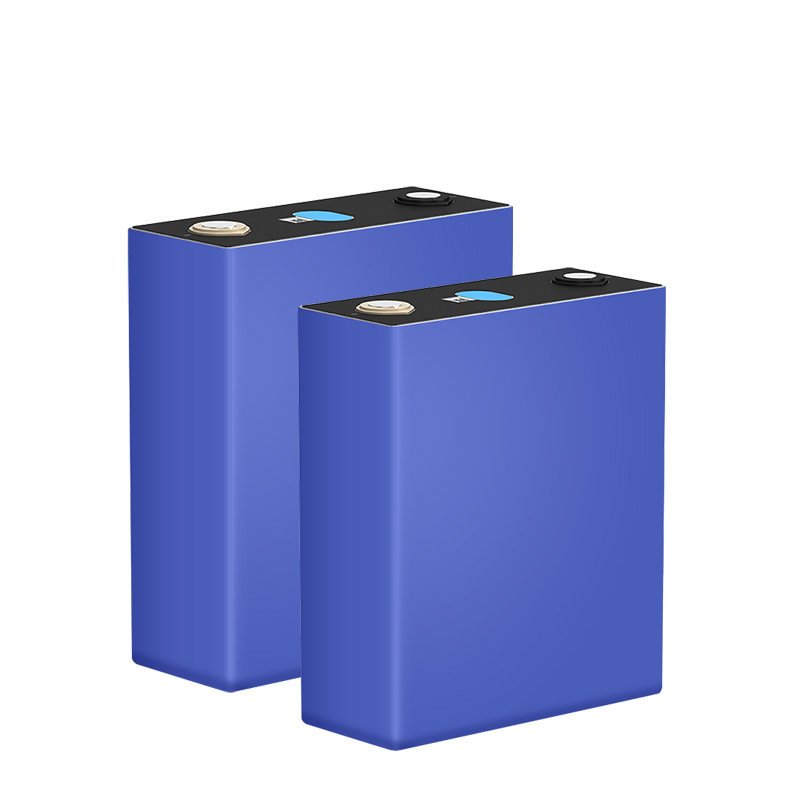The rapid development of new energy vehicles (NEVs) has propelled power batteries, a crucial component, into the spotlight, with cost and performance being key considerations. Among the battery options, lithium iron phosphate (LFP) batteries have emerged as a frontrunner due to their advantages of low cost and long lifespan. However, since 2023, a combination of factors has triggered a precipitous decline in LFP battery prices, exceeding 70%, sending shockwaves through the industry.
Decoding the LFP Battery Price Plunge
Several factors have contributed to the plummeting LFP battery prices:
- Downward Trend in Upstream Raw Material Prices: Lithium carbonate, a primary raw material for LFP batteries, experienced a sharp price drop in 2023 due to weakened demand and oversupply. This, in turn, reduced LFP battery production costs.
- Softening Downstream Demand: The growth rate of China’s NEV sales slowed down in 2023, leading to a decline in LFP battery demand. Additionally, some automakers have shifted to ternary lithium batteries, which boast higher energy density, further dampening LFP battery demand.
- Intensifying Industry Competition: The entry of new players into China’s LFP battery industry has intensified competition, driving down battery prices.
Challenges for China’s Lithium Battery Industry Chain
The LFP battery price decline not only impacts battery company profitability but also reverberates through the entire Chinese lithium battery industry chain. The primary concerns are:
- Squeezed Industry Chain Profit: As battery prices fall, profit margins across the lithium battery industry chain will shrink, particularly for upstream material suppliers and midstream battery manufacturers.
- Excess Low-End Capacity: The relatively mature technology and low entry barriers for LFP batteries have led to a surge of small and medium-sized LFP battery companies in China. Under intense price competition, these companies face profitability challenges and survival pressures.
- Accelerated Industry Chain Reshuffle: The next few years are expected to witness an accelerated reshuffling of China’s lithium battery industry chain, with companies lacking strong technical capabilities and small-scale operations facing elimination.
Navigating the Landscape for Buyers
For lithium battery purchasers, the LFP battery price decline presents an opportunity. However, it’s crucial to exercise caution as price competition may tempt some companies to compromise product quality. Therefore, buyers should:
- Compare and Choose Cost-Effective Products: Conduct thorough price comparisons from multiple suppliers, considering factors like price, quality, and service, to select products that offer the best value.
- Prioritize Product Quality and Choose Reputable Suppliers: Seek out suppliers with a proven track record and reliable product quality to avoid potential quality issues arising from price competition.
- Monitor Technology Trends and Adapt Purchasing Strategies: Stay abreast of industry developments, as other battery technologies like ternary lithium and sodium-ion batteries are poised for commercialization in the coming years. This will provide buyers with more options.
Recommendations:
- Conduct thorough market research and understand the pricing landscape.
- Establish clear quality standards and rigorously evaluate supplier credentials.
- Build strong relationships with reliable suppliers to ensure consistent product quality.
- Stay informed about technological advancements and explore emerging battery options.
In conclusion, the LFP battery price decline presents a significant challenge to China’s lithium battery industry chain. By carefully evaluating market conditions, implementing proactive measures, and prioritizing quality, buyers can navigate this dynamic landscape and emerge stronger.
For more information, please visit www.enetcl.com
WhatsApp +86 13360058136




